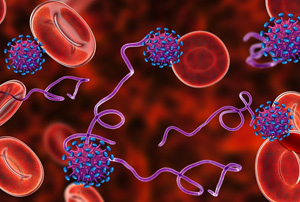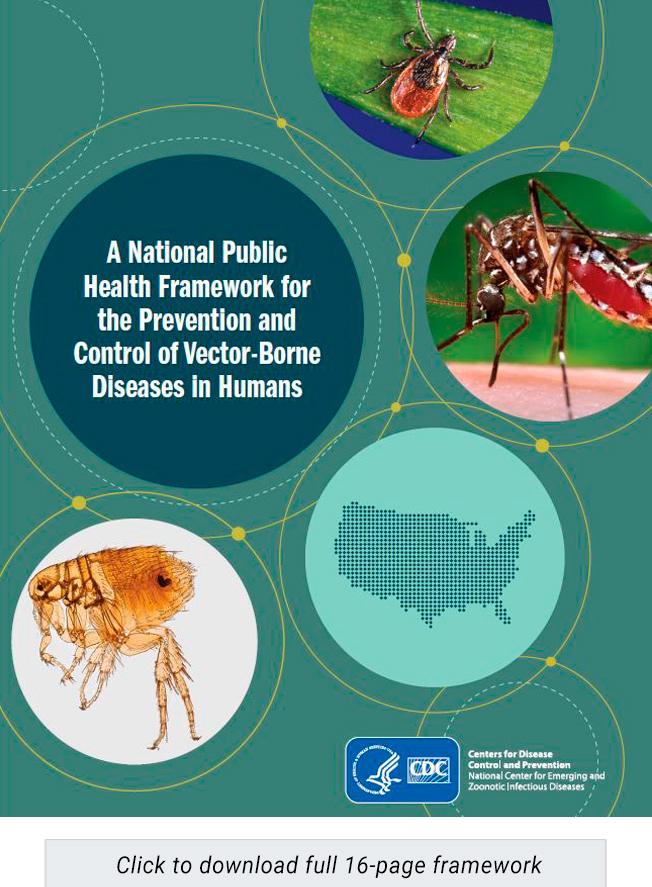- Home
- Find A Physician
- FIND A PHYSICIAN
- LymeTimes
- Current Issue
- Archives
- FEATURED LYMEDISEASE.ORG ISSUES
- Resources
- LYME LITERATE PHYSICIAN VIDEOS
- Physicians
- Members
- About Us
- Resources
T he Kay Hagan Tick Act, passed in 2019, called for the US Department of Health and Human Services (HHS) to develop a national strategy to address issues related to vector-borne diseases. The idea was for HHS to co-ordinate with other federal agencies and departments, including the EPA, the Department of Defense, and others, to get everybody working towards the same goals.
In an encouraging development, CDC representative Ben Beard made an important announcement about it at the Tick-Borne Disease Working Group (TBDWG) meeting on September 22, 2020. It’s called “A National Public Health Framework for the Prevention and Control of Vector-Borne Diseases in Humans.” The cover of the new plan represents ticks, mosquitoes, and fleas—all vectors that pose public health risks.
The following is taken from the CDC website.
The Framework
The National Strategy shall include objectives, activities, performance metrics, as well as a coordination and monitoring plan.
The Vision
A nation where vector-borne diseases no longer threaten human health and well-being
The Purpose
Protect people from illness, suffering, and death due to vector- borne diseases.
The Goals
- Better understand when, where, and how people are exposed to and get sick or die from vector-borne diseases
- Develop, evaluate, and improve tools and guidance for the diagnosis and detection of vector-borne diseases
- Develop, evaluate, and improve tools and guidance for the prevention and control of vector-borne diseases
- Develop and assess drugs and treatment strategies for vector-borne diseases
- Disseminate and support the implementation of effective public health and vector control products, tools, and programs to prevent, detect, diagnose, and respond to vector-borne disease threats
Join or login below to continue reading.
You must be a LymeDisease.org member to access this content.





























